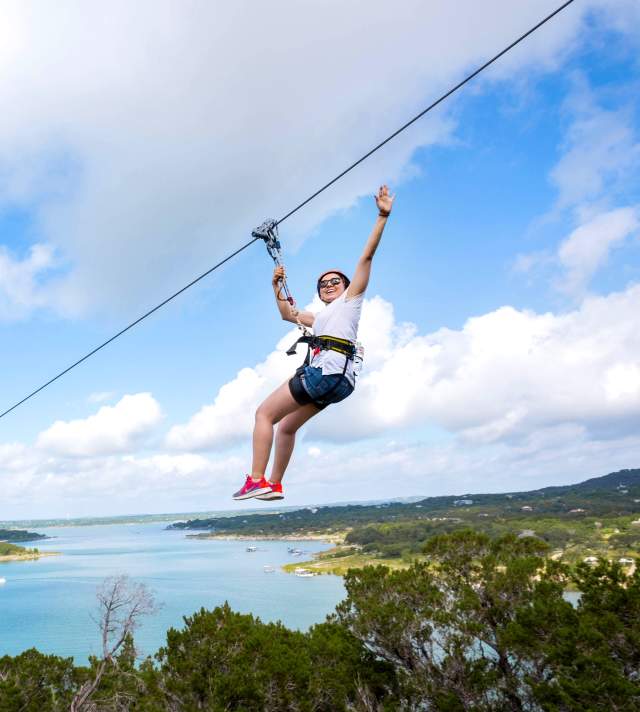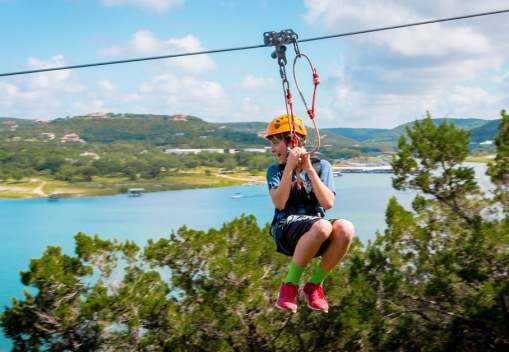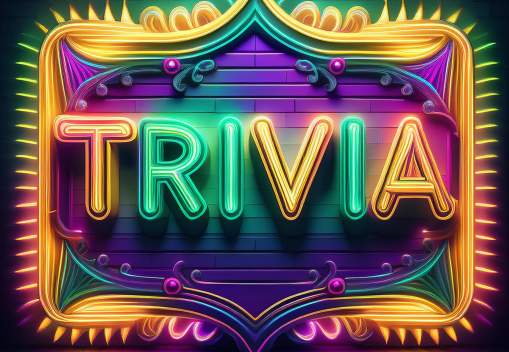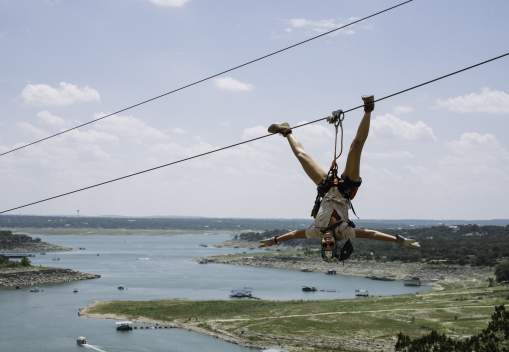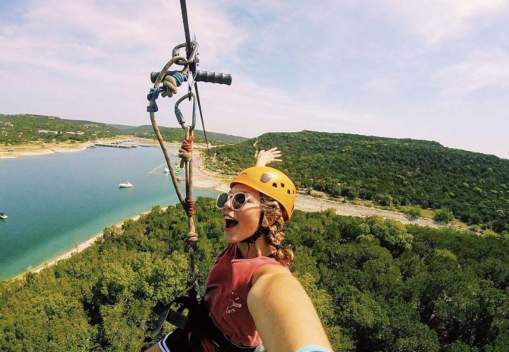Things to Do
Cedar Park is a diverse city with activities for all ages; night-owls and early birds included. From the thrilling water slides to the handcrafted beers, professional sports to concerts and live entertainment, Cedar Park has it all. Our range of local stores and high-end shopping centers offer enough variety to shop 'til you drop; seriously! For more relaxing activities, hang out in our parks for picnics, outdoor fun, and fresh air.
KIDS FLY FREE
📅 All June + July Long | Monday- Thursday 👧🧒 One FREE child ticket with every adult ticket…
Soju Happy Hour
- K Pub Chicken and Karaoke
- Recurring weekly on Sunday, Monday, Tuesday, Wednesday, Thursday
Sunday-Thursday: 10 PM-12 AM All Soju – Only $8.99! All Beer – $1 Off! Corn Cheese…
Summer Movie Nights
- Fieldhouse at The Crossover
- Recurring weekly on Tuesday
Enjoy Summer Movie Nights under the stars at The Fieldhouse! BYOB aka Bring your own blanket, enjoy…
Trivia Night
- The Good Lot
- Recurring weekly on Tuesday
Join us for Trivia Night every Tuesday at The Good Lot in Cedar Park, TX! Enjoy an evening of…
Bring Your Own Crafts
- Slackers Brewing Co.
- Recurring weekly on Wednesday
Dust off that crafting project you've been avoiding and bring it to Slackers. Get $1 off drinks and…
Karaoke Night
- Rabbit Hole
- Recurring weekly on Wednesday
Enjoy karaoke and craft cocktails in a cozy atmosphere at the Rabbit Hole Cedar Park
KIDS FLY FREE
📅 All June + July Long | Monday- Thursday 👧🧒 One FREE child ticket with every adult ticket…
Open Mic Night
- The Good Lot
- Recurring weekly on Wednesday
Free Open Mic Night every Wednesday at The Good Lot in Cedar Park, TX! Sign-ups begin at 5:30 PM…
Soju Happy Hour
- K Pub Chicken and Karaoke
- Recurring weekly on Sunday, Monday, Tuesday, Wednesday, Thursday
Sunday-Thursday: 10 PM-12 AM All Soju – Only $8.99! All Beer – $1 Off! Corn Cheese…
Trivia Night
- Mouton’s Bistro & Bar
- Recurring weekly on Wednesday
Get Ready to Feast and Feud at Mouton's Trivia Night Wednesdays! Cedar Park, are you ready to put…
Wednesday Zipline
- Lake Travis Zipline Adventures
- Recurring weekly on Wednesday
Ready to shake up your week? Make Wednesday the highlight of your calendar with an unforgettable…
Classic Pub Trivia
- La Dosis Coffee + Cocktails
- Recurring weekly on Thursday
La Dosis is excited to host Geeks Who Drink Classic Trivia every Thursday at 7pm – Gather your…
K-Pub & Karaoke
- K Pub Chicken and Karaoke
- Recurring weekly on Thursday
Prizes for the highest score. Feel free to drop-in or call to reserve your spot!
KIDS FLY FREE
📅 All June + July Long | Monday- Thursday 👧🧒 One FREE child ticket with every adult ticket…
Off Roaders Anonymous
- Spare Birdie
- Recurring monthly on the 3rd Thursday
Welcome to Off-Roaders Anonymous, your new support group for all things off-road! Whether you wheel…
Soju Happy Hour
- K Pub Chicken and Karaoke
- Recurring weekly on Sunday, Monday, Tuesday, Wednesday, Thursday
Sunday-Thursday: 10 PM-12 AM All Soju – Only $8.99! All Beer – $1 Off! Corn Cheese…
Free Live Music
- The Good Lot
- Recurring weekly on Friday, Saturday
Free live music every Friday and Saturday night at The Good Lot in Cedar Park, TX!
Kickstart your Weekend with an Epic Zipline Adventure – Coupon Code
- Lake Travis Zipline Adventures
- Recurring weekly on Friday
Lake Travis Zipline Adventures is proud to offer you the “Adventure of a Lifetime!” Soar across five…
Mixtape Time Machine Show - 90s vs 2000s Live at Haute Spot!
We’re thrilled to welcome Mixtape Time Machine Show - 90s vs 2000s to Haute Spot on Friday, July…
Smash Bros Tournament
- Slackers Brewing Co.
- Recurring weekly on Friday
Ready, Player 1? Come in for a casual Smash Bros tournament at Slackers! Open play at 6 PM. Tourney…
Free Live Music
- The Good Lot
- Recurring weekly on Friday, Saturday
Free live music every Friday and Saturday night at The Good Lot in Cedar Park, TX!
